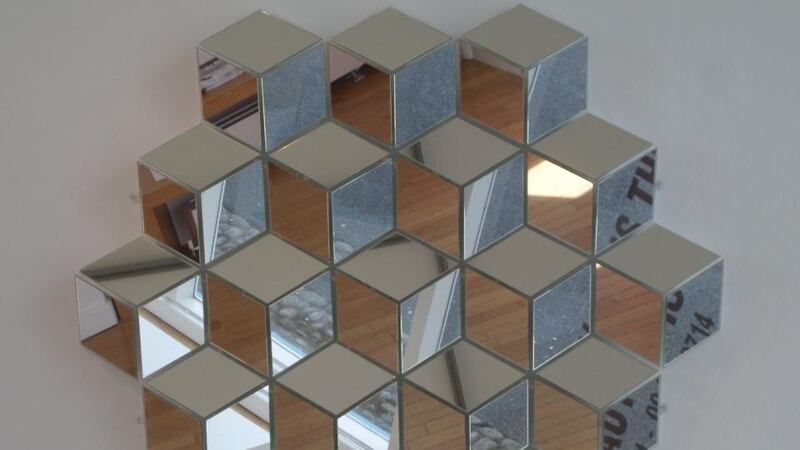'Beauty is truth, truth beauty," wrote John Keats in his Ode on a Grecian Urn. Mathematical theorems have an enduring truth, and the truly great ones are profoundly beautiful. Proofs of theorems can be technically challenging and tedious but, again, the very best have great elegance. The English mathematician G H Hardy suggested that a beautiful proof has "inevitability, unexpectedness and economy": it sparkles with surprise and intriguing connections between disparate areas of mathematics.
In his 1940 book, A Mathematician's Apology, Hardy argued that beauty is the first test of a mathematical result. He bragged that he had never done anything "useful", and that he found applied mathematics "repulsively ugly and intolerably dull". Today, such an attitude is seen as elitist and arrogant. Even some of Hardy's contemporaries demurred, one reviewer of his book writing that "from such cloistral clowning the world sickens".
But Hardy was right about beauty: a mathematician, like a painter or poet, is a maker of patterns. Where the painter uses colours and the poet uses words, ideas are the mathematician’s raw material. His patterns, like the painter’s or poet’s, “must be beautiful: the ideas must fit together in a harmonious way”.

Hardy realised that, while it is hard to define mathematical beauty, this is just as true of beauty of any kind.
The Hungarian mathematician Paul Erdös made the same point, asking: “Why are numbers beautiful? It’s like asking why is Beethoven’s Ninth Symphony beautiful?”
Indra’s Net
German mathematician Felix Klein showed the intimate links between group theory, symmetry and geometry. Some of Klein’s patterns are found in Indra’s Net. Arising from a metaphor in Buddhist philosophy, Indra’s Net is a boundless mesh, with a glittering jewel at each knot. Every jewel reflects all the others, and in each reflection are images of the other jewels, without limit.
Indra's Net is the inspiration for some of the works at an exhibition running at the National Craft Gallery in Kilkenny that makes explicit links between mathematics and art. The show, Beauty Is the First Test, includes mathematically inspired work in several specific craft processes, especially textiles. The title of the exhibition is taken from Hardy's book.
Mathematical concepts underlie many craft techniques, such as textile construction, and are key tools for artistic development. The exhibition's intention is to show that mathematics and crafts are closely bound together by presenting some remarkable works of art that draw inspiration from mathematics.
Weaving is an inherently arithmetical process, and the interconnections of warp and weft involve mathematical concepts such as topology and the theory of knots and braids. Janice Gunner, an accomplished textile artist and teacher, makes brilliant patchwork quilts, with a particular focus on pleating, folding and dyeing cloth, often in indigo blue. The motif of Intra's Net pervades this work.
Michael Brennand-Wood's work uses repeated floral motifs with striking patterns and complex detail involving intense optical effects. An ingenious assembly of angled rhomboidal mirrors by Suresh Dutt, called Oscillator, gives a shimmering sense of changing dimension, "where volume and surface collide", as the viewer's perspective changes. Lesley Halliwell's works using the spirograph, a geometric drawing toy popular in the 1970s, are vivid, with interlocking circles and spirals in saturated luminescent colours.
Beauty Is the First Test runs at the National Craft Gallery in Kilkenny until July 9
Peter Lynch is professor of meteorology at University College Dublin. He blogs at thatsmaths.com










